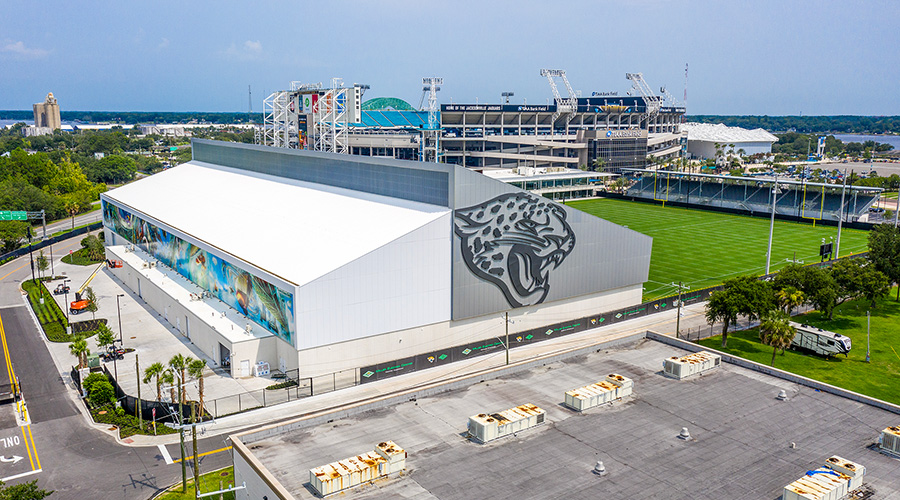
Data Center Demand Continues to Grow
Despite power grid challenges, JLL report indicates market has doubled in size in four years. September 3, 2024
Despite growing concerns over a taxed U.S. power grid and labor challenges, data center demand has never been greater.
The commercial real estate and investment management company JLL reported in its U.S. Data Center Report – Midyear 2024 that the colocation data center market has doubled in size in the last four years.
JLL says that vacancies set a record low of 3 percent while occupancy has increased at a 30 percent compound annual growth rate (CAGR) since 2020. Rents have increased between 13 percent and 37 percent year-over-year depending on lease size.
“There appears to be no ceiling for how high this data center demand is going to reach,” says Andy Cvengros, managing director, Co-Lead of U.S. Data Center Markets, JLL.
Other findings from the extensive report include:
- Northern Virginia accounts for nearly half of the data center capacity growth the last four years in the U.S. followed by Austin/San Antonio, Salt Lake City, Atlanta and Las Vegas/Reno as the fastest growing data center markets.
- Data center power loads are increasing, with new projects regularly requiring 100 megawatts and some new developments eclipsing 1 gigawatt. Data centers are currently only responsible for 3 percent of the total U.S. power in 2023 but is projected to surpass 11 percent in the next decade.
- Artificial intelligence (AI) capital expenditures are estimated to be more than $300 billion with investment levels accelerating through the end of the year from 10-40 percent, with estimates suggesting that AI represents 20 percent of the new data demand.
- Despite growth in the industry, an estimated 10 percent of data center roles at existing facilities are unfilled – that's twice the national average across all industries. Only 15 percent of applicants meet the minimum job qualifications, and openings require more than 60 days to fill. Further emphasizing the workplace woes, the study showed one-third of the technical workforce is nearing retirement age.
Next
Read next on FacilitiesNet












